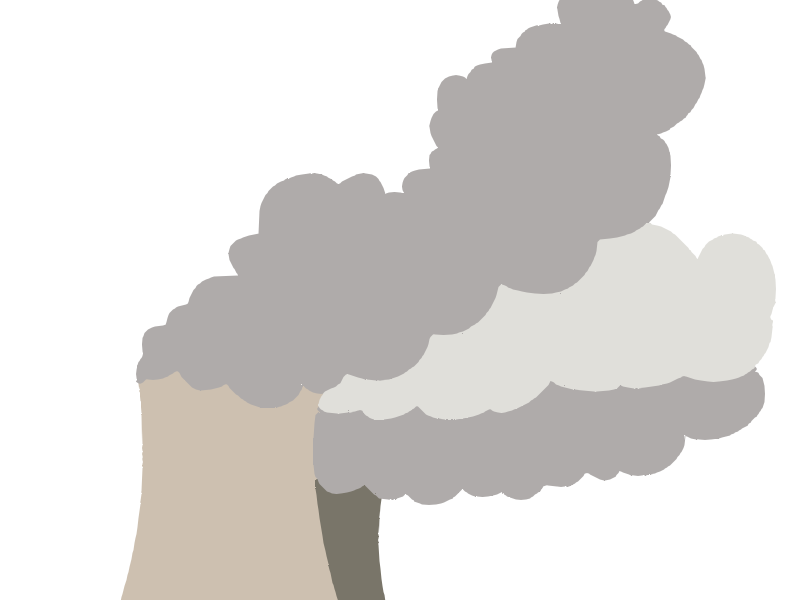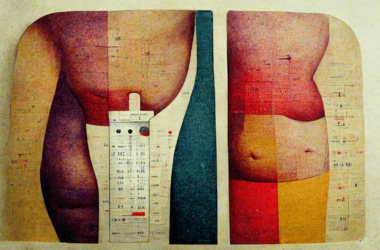As the 2021 United Nations Climate Change Conference (COP26) drew to a close on Nov. 13, questions about the future of climate initiatives saturated international discourse. One thing is certain: To mitigate the worst effects of climate change, the world must halt its use of fossil fuels as soon as possible. But where does nuclear power, an industry characterized by its fraught history, fit into this equation?
Modern society and the global supply chains that sustain it are inextricably linked to fossil fuels, as they provide over 84 per cent of the world’s energy. While a cold-turkey shift to renewables has been politically unfeasible, nuclear power offers an alternative that could facilitate the transition away from fossil fuels toward more sustainable energy sources.
Nuclear power comes with its own slew of challenges, as exemplified in accidents at the Chernobyl and Fukushima facilities. The lasting impact of these disasters has painted nuclear power as being doomed to induce catastrophe—but this ignores the larger picture. It is important to realize that the slow violence of fossil fuel emissions far outweighs the hypothetical fallout of isolated nuclear disasters. Indeed, the fear of apocalyptic nuclear meltdowns is overblown in the public consciousness, especially since the aforementioned disasters were a result of human incompetence, born from prioritizing profit over safety, not technological inevitability.
The crux of the nuclear power debate rests on the public understanding of the incongruence between the long term consequences of fossil fuels and the necessity of immediate climate solutions. Concern about nuclear waste contaminating communities is lessened when put into the context of worsening fossil fuel pollution. Does an imagined nuclear disaster outweigh the benefits of a carbon-free, consistent energy source? According to Dominic Ryan, a professor in the Department of Physics at McGill, the answer is no: The main barriers to implementing nuclear energy are social, not scientific.
“It’s not a technical or safety issue. It is a political and sociological issue,” Ryan said. “Technically, it can be done. It has been done with decades of experience under the reactors running without any problems.”
Public perceptions of radiation are riddled with misconceptions, Ryan argued. For example, many people are exposed to higher doses of radiation than they might think, through life-saving medical treatments or diagnostics such as radiotherapy or CT scans. Ironically, the stringent restrictions placed on radiation from nuclear plants are not applied to the fossil fuel industry.
“There are more radiation emissions from a coal plant than there are allowed from a nuclear plant,” Ryan said, noting that radiation from coal is magnified tenfold when burned into fly ash, which then is dispersed into ecosystems and the atmosphere.
Inside a nuclear reactor, fuel rods containing uranium pellets are bundled together to form a reactor core. The process of nuclear fission within all of these pellets triggers a chain reaction, producing enough heat to turn the surrounding water into steam, generating electricity.
The progression in design safety of nuclear reactors is similar to that of aviation, as flying by plane is much safer than it used to be.
“Nobody is getting on a 1950s aircraft to fly around the world,” Ryan said. “They’ve all been replaced and redesigned and improved, and there’s decade’s worth of cycling through improvements and so on, to make them safer. One of the problems you have with nuclear power is that because it fell out of favour rather hard, people aren’t building new designs and trying out new designs.”
In an email to The McGill Tribune, Jean Barrette, a professor in the Department of Physics, agreed that advancements in nuclear technology have minimized the risk of human error.
“One knows today how to build safer and more stable reactors, reactors that are more forgiving in case of errors in operation,” Barrette wrote. “Reactors with reactive feedback will have a tendency to turn itself off in the case of misoperation.”
Nuclear energy is ready to go, but it requires a sea change in both public opinion and the political sphere to be implemented on a scale large enough to make a dent in carbon emissions.
“[Nuclear scientists] are extremely concerned with safety because one event hurts everybody,” Ryan said. “The nuclear industry is in the same boat. They know that if a reactor goes problematic, every reactor in the world suddenly comes under scrutiny.”










Canada has a long and successful history of nuclear science and technology innovation. CANDU reactors have delivered over 3.4 billion MWh of electricity to Canada’s grids since 1962, equivalent to more than 5 years of Canada’s current electrical production. The alternative would have been primarily coal-fired generation, so Canada’s reactors have avoided 2 to 3 billion tonnes of CO2 emissions. I’m sure Ernest Rutherford would heartily endorse nuclear power, a legacy of his Nobel-prize winning fundamental work on radiation performed at McGill 1898-1907.
Great article! Thank you for covering this important issue. The next challenge in Canada is to prevent the scheduled shutdown of the Pickering reactor in 2024/25. This reactor produces about 24TWh of carbon free electricity every year. Closing it will add about 10 million tonnes of CO2 per year to the atmosphere as it will be replaced by gas burning electricity plants. Refurbishing the plant for another 40 years of operation will cost about the same as decommissioning. #savepickering Taxthegas.org